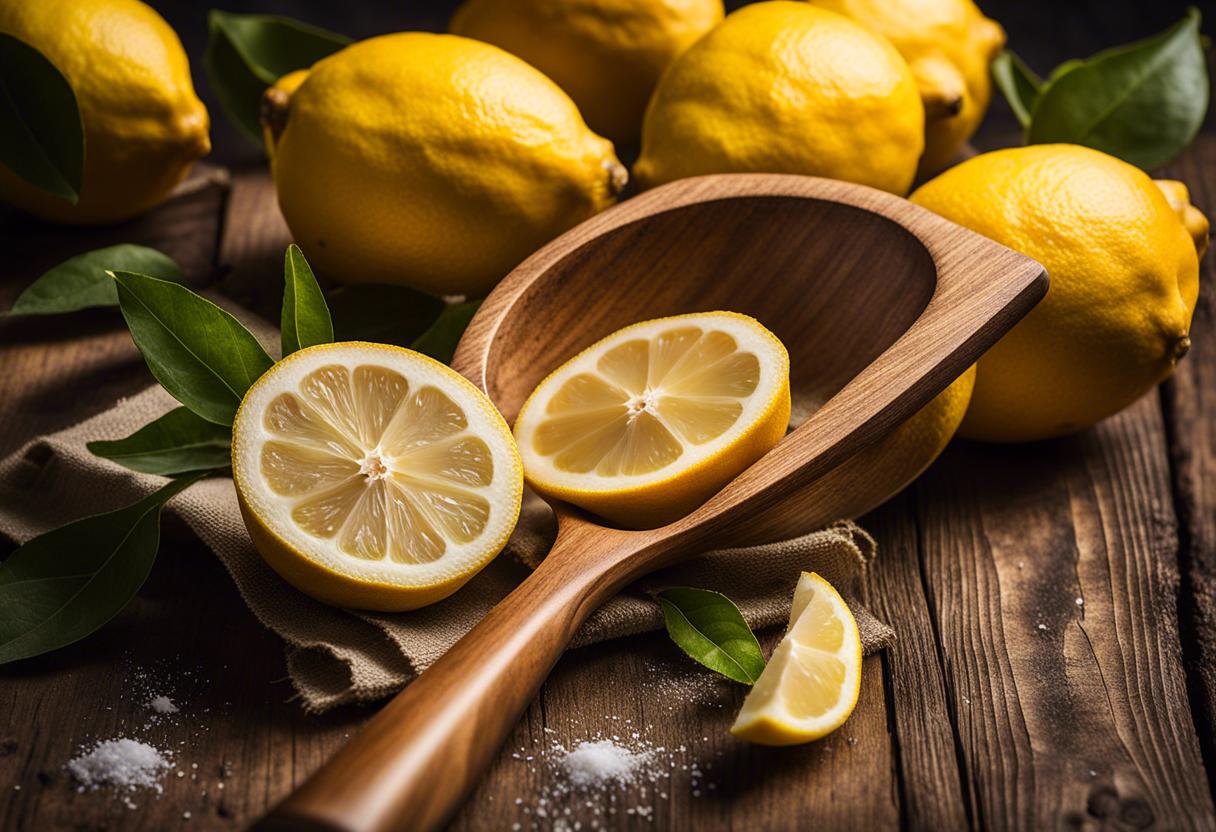The lemon drizzle cake deserves recognition alongside traditional favourites such as carrot cake, coffee cake, and the iconic Victoria sponge. It’s a staple at bake sales, afternoon tea, and bakery displays, although it’s notorious for its potential baking challenges, including sinking middles or inconsistent baking.
To perfect the recipe, I delved into the world of baking, experimenting with six separate concoctions from the likes of BBC Good Food, Nigella Lawson, Nigel Slater, Felicity Cloake and Jamie Oliver. My hard work resulted in my own recipe promising a flawless lemon drizzle loaf on each attempt.
Most of the techniques I trialled led back to a pound cake style, primarily based on the creaming method. This involves fluffing up butter and sugar before alternating the introduction of eggs and dry items. The only different approach was Dan Lepard’s, combining equal amounts of melted butter and oil with eggs before the dry ingredients. His recipe offered a more delicate, fine crumb but, I found it lacks the robustness afford by the pound cake method.
Achieving a strong lemon taste warrants both zest and juice. Only Lepard and Oliver advocated for this, but the juice not only enhances the lemon component, but it also tenderises the cake’s crumb. Balancing the citrus acidity and the sugar’s sweetness requires the essential use of salt, and to add a deeper lemon flavour, rubbing the zest into the sugar before the butter is introduced is helpful as it enhances the zest’s aromatic oils.
Concerning texture, almonds, together with flour, noticeably boost the cake’s structure, thanks to Slater, Cloake, Lepard and Oliver. Proper creaming of butter and sugar prior to adding the other ingredients is crucial for a light texture. The final trick for a wonderfully moist crumb is to drench the cake with syrup right after it exits the oven.
From my perspective, creating a perfectly risen, evenly baked lemon loaf that doesn’t sag in the centre can be quite a challenging endeavour. One crucial element for achieving this outcome is the selection of the correct baking tin size and oven heat – as indicated in the recipe note. Surprisingly, I discovered from numerous recipe trials that self-raising flour yielded superior results compared to the conventional blend of plain flour and baking powder. Although this contradicts most established baking knowledge (5% baking powder mixed with plain flour is typically deemed sufficient), my assurance is that for this specific recipe, self-raising flour is the optimal choice.
The final touch for the cake can be applied in several ways: The strategies suggested by BBC Good Food and Felicity Cloake entail blending sugar (caster for one and Demerara for the other) with lemon juice, and coating the freshly baked loaf with this mixture to form a crispy topping as the sugar hardens on top and the lemon juice seeps within. Lepard takes a similar approach but opts for icing sugar for a more sophisticated appeal. In contrast, Lawson, Slater and Oliver prepare a swift lemon syrup to moisturize the cake once it’s out of the oven, with Lawson and Oliver integrating an extra touch by garnishing with a lemon icing/glaze after the cake has chilled. This method was my personal favourite; the syrup permeates the warm cake while the glaze forms a luscious layer on top, offering an enjoyable contrast of textures and an intensified lemon sensation.
The recipe in discussion belongs to Beth O’Brien. Her exquisite lemon drizzle cake has been referenced in:
– BBC Good Food’s lemon drizzle cake recipe
– ‘How to be a Domestic Goddess’ by Nigella Lawson
– Nigel Slater’s lemon and thyme cake
– Felicity Cloake’s lemon drizzle cake masterclass
– Dan Lepard’s lemon drizzle cake loaded with lemon flavour
– Jamie Oliver’s heartwarmingly nostalgic ‘My Nan’s lemon drizzle cake.’

